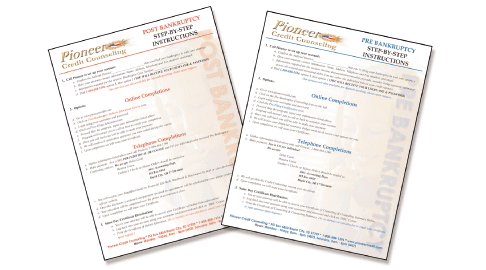President's Day
This month we celebrate President’s Day on February 20. So we thought we would include some interesting facts about the history of our money and the holiday itself. President’s Day was originally celebrated as President Washington’s birthday. In the 19th century, traditions of the holiday included balls, speeches, receptions, and celebrations. Another prominent president was Abraham Lincoln whose birthday was also in February celebrated after the time of his death. Even though the third Monday of February is officially called Washington’s birthday, it is recognized as President’s Day and is used to honor all the men that have served as President.
Fun Trivial Knowledge
Martha Washington is the only woman whose portrait has appeared on a U.S. bill. It appeared on the face of the $1 Silver Certificate of 1886 and 1891 and the back of the $1 Silver Certificate of 1896.
If you have three quarters, four dimes, and four pennies, you have $1.19. You also have the largest amount of money in coins without being able to make change for a dollar. A quarter has 119 grooves around the edge, while a dime has 118 ridges around the edge.
The following information regarding the average life of a Federal Reserve Note was provided by the Federal Reserve System – please note that the life of a note depends on its denomination:
$ 1 …………….. 22 months
$ 5 …………….. 24 months
$ 10……………. 18 months
$ 20 …………… 25 months
$ 50 …………… 55 months
$100 ………….. 60 months
You can fold a dollar bill 8,000 times before it will tear. A dollar is also called a “buck” because in the early frontier days, the skin of a male deer (or a buck) bought a dollar’s worth of goods at the market. If you wanted to count a billion dollars—one dollar at a time—it would take you thirty-two years if you counted one dollar every second, day and night, day after day, year after year, without stopping. The government prints roughly 8 billion notes each and every year, enough to stretch around the equator… 30 times.
The approximate weight of a currency note, regardless of denomination, is 1 gram. There are 454 grams in a pound, so one pound of currency would contain 454 notes.








